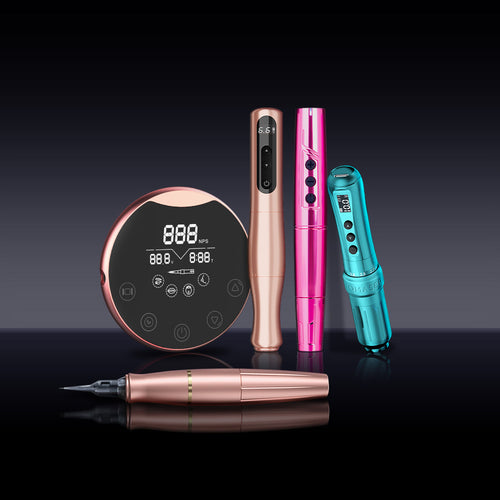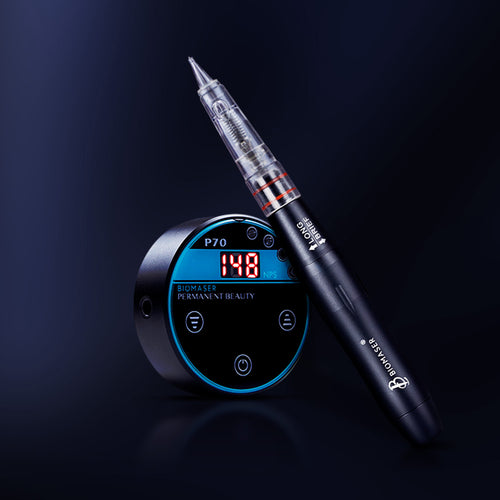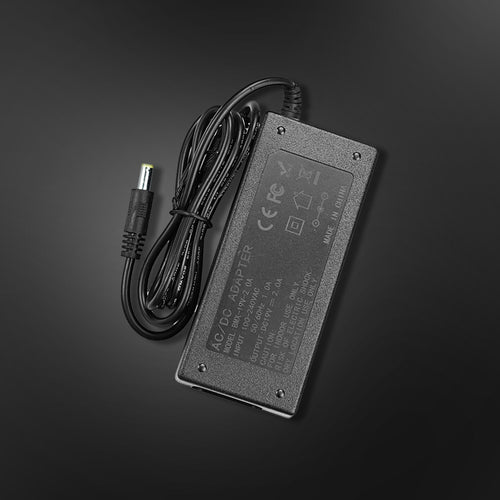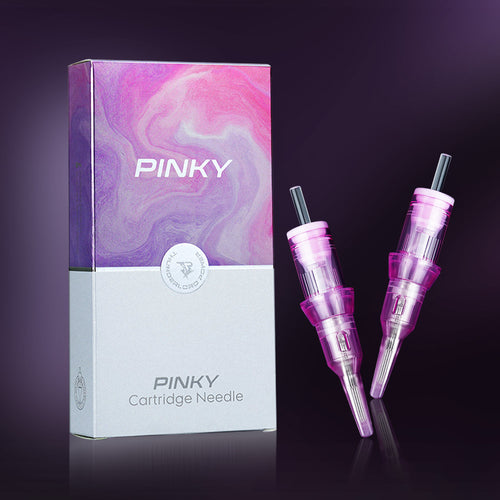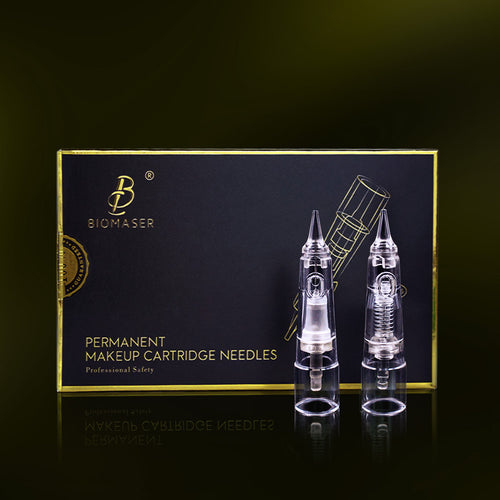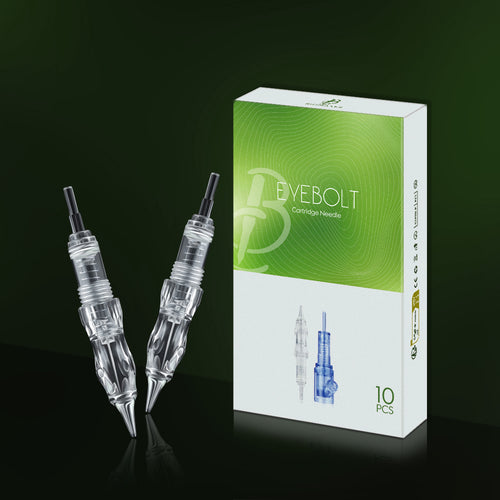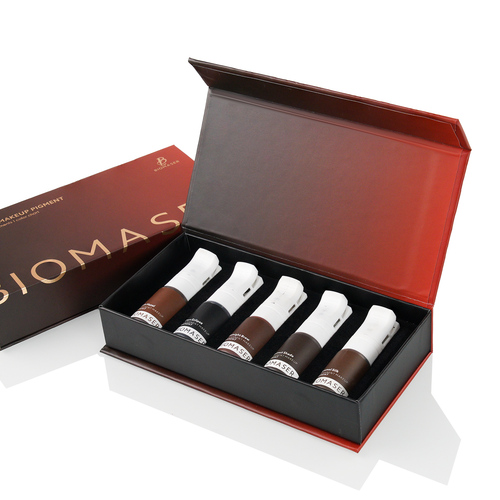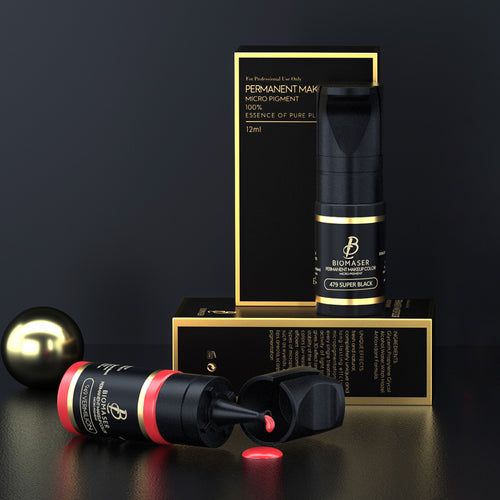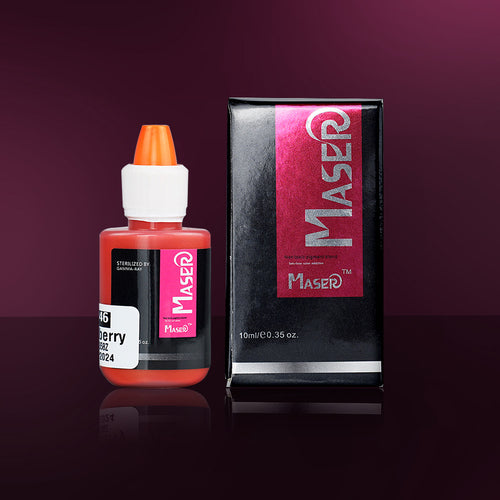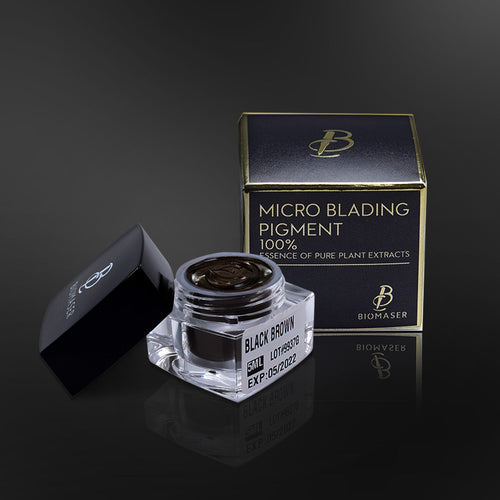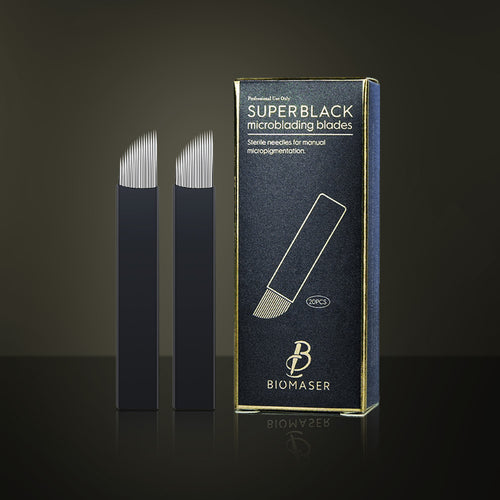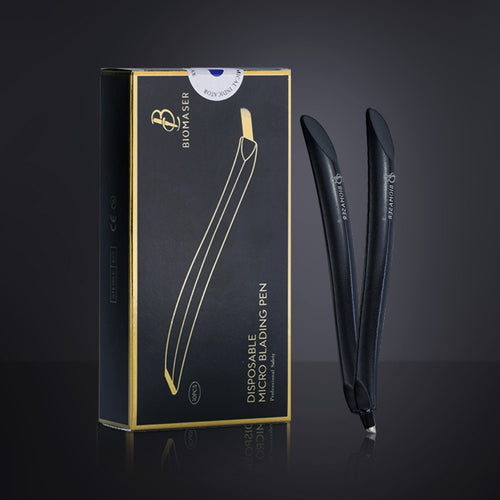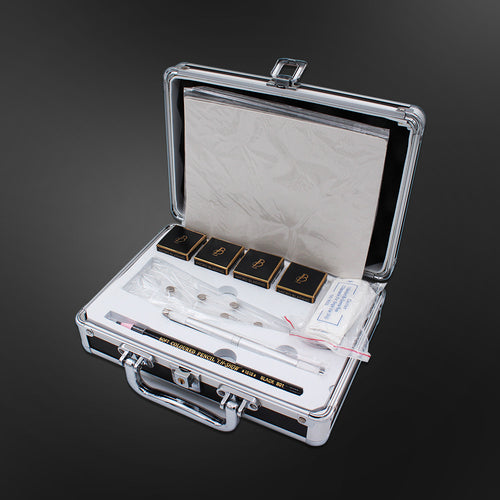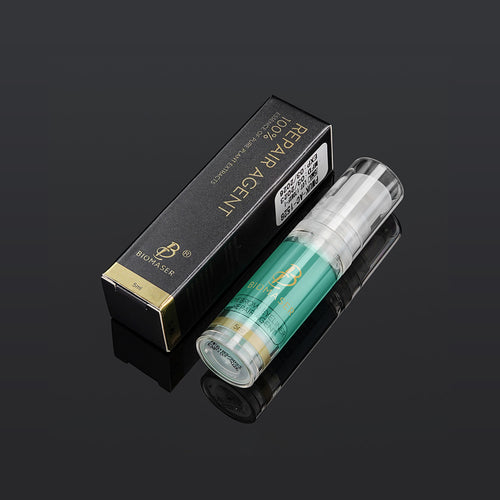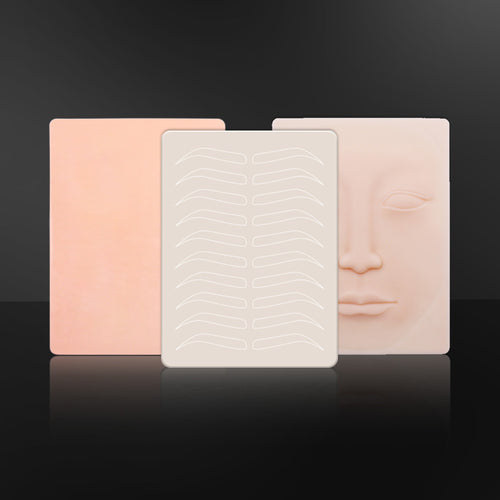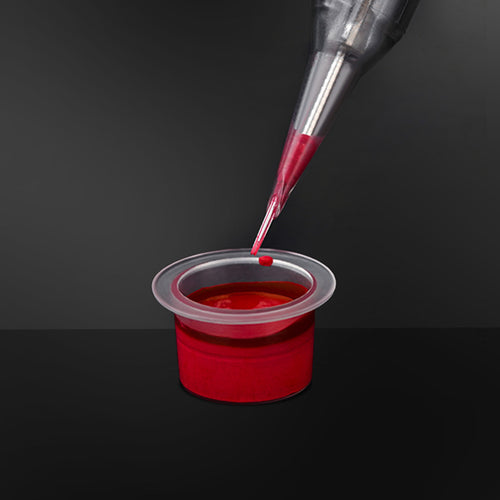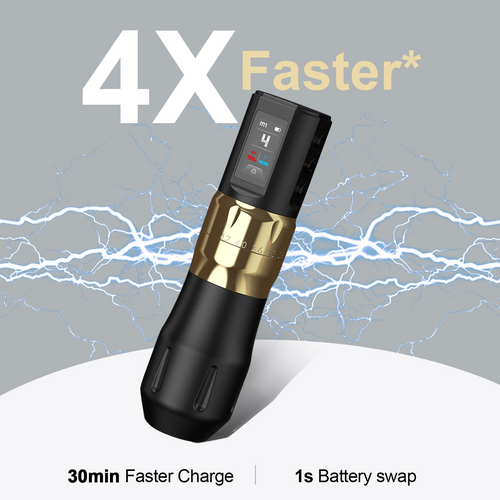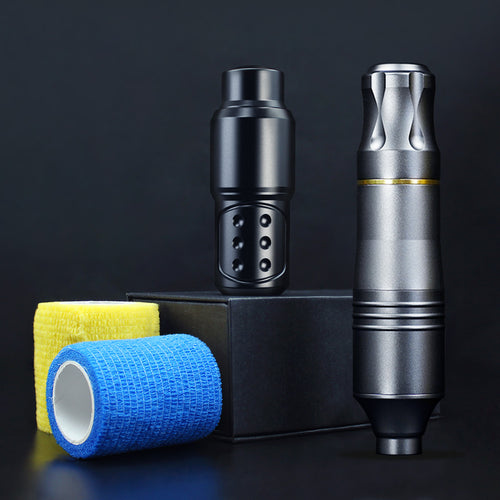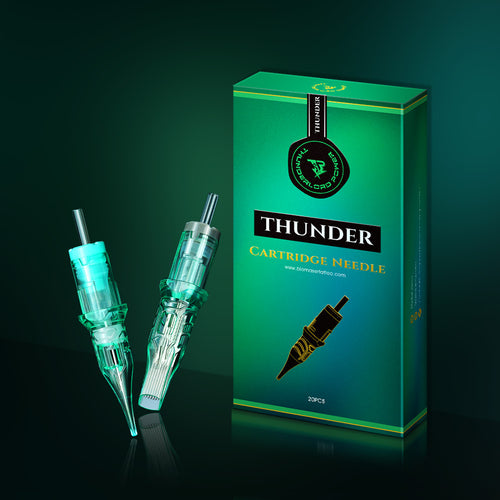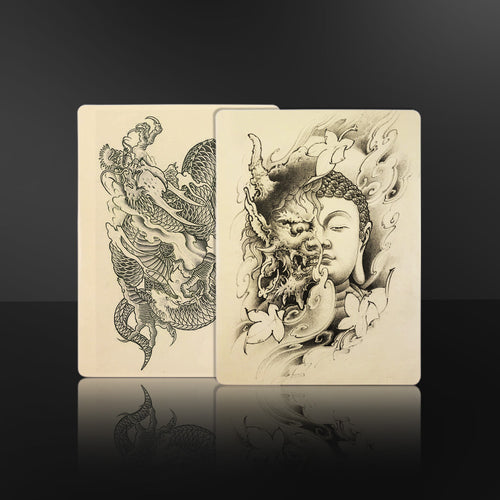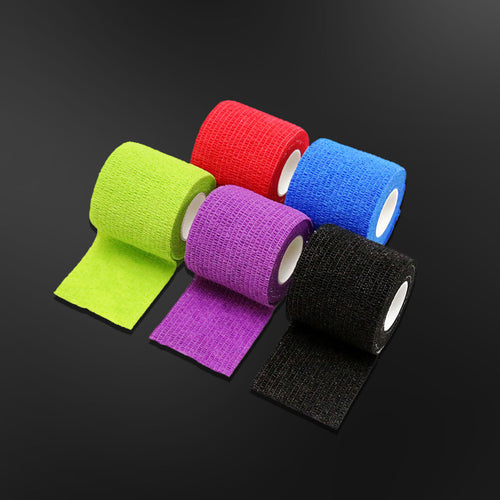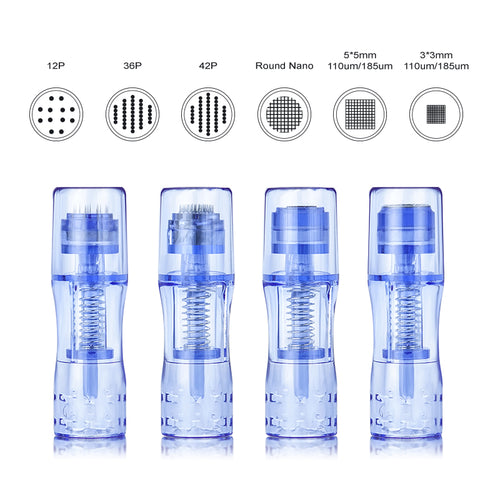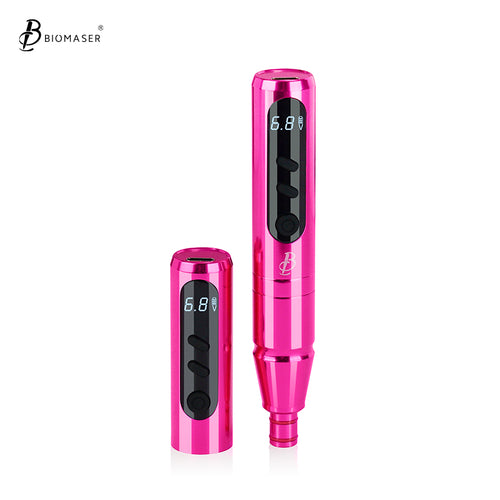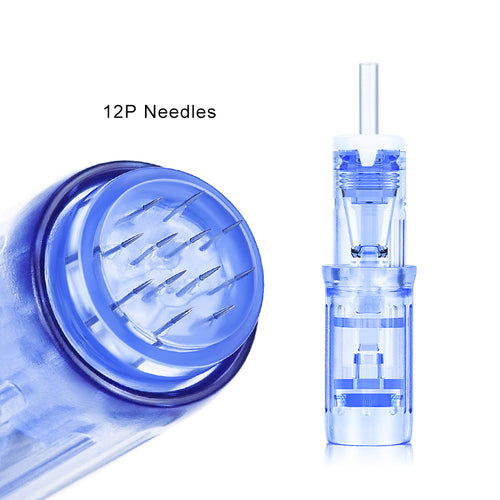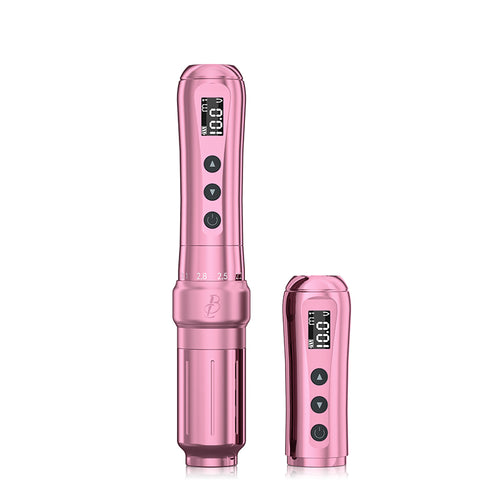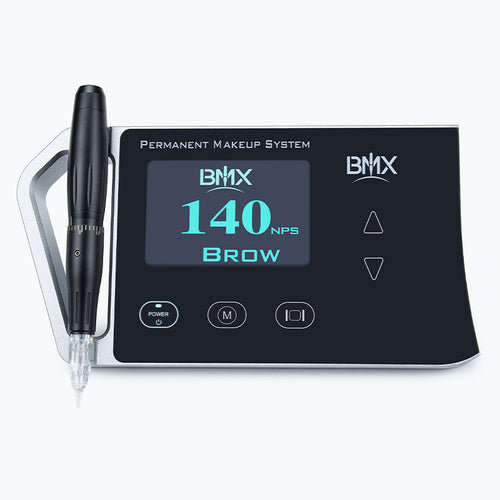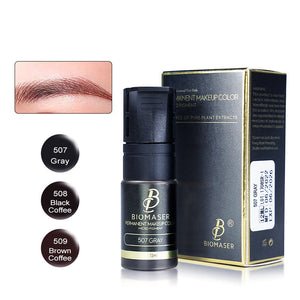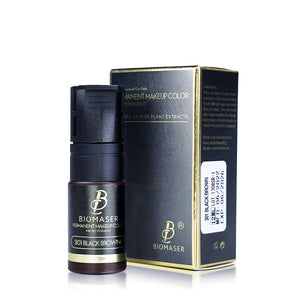Mastering Gray Tattoo Ink: Techniques, Tips, and Trends
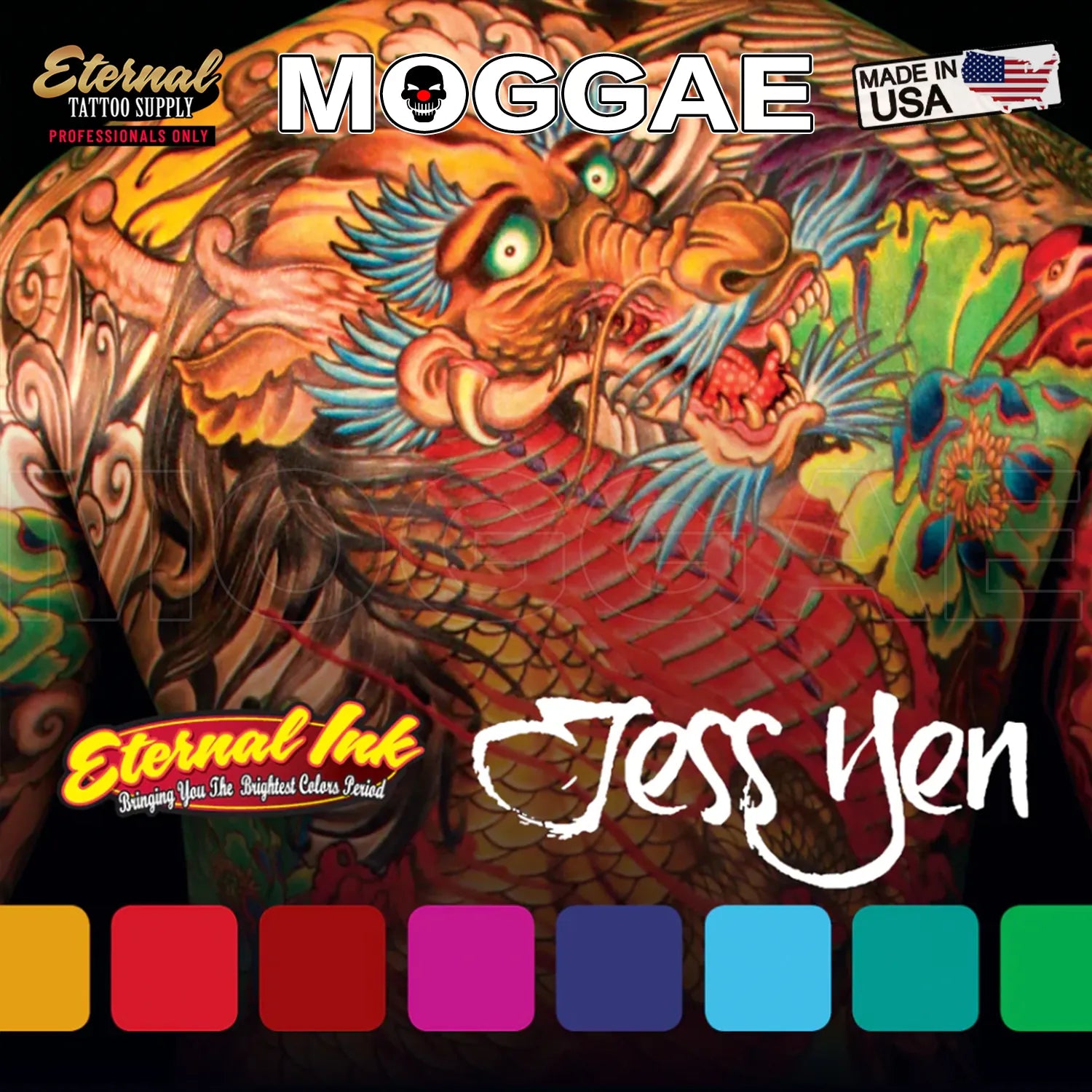
Gray ink has become an increasingly popular choice for tattoo artists and enthusiasts in recent years. Its versatility allows the creation of stunning photorealistic designs as well as subtle minimalist pieces. However, gray ink has become popular not just for its versatility but also because it tends to age well over time compared to saturated colors. The subtle tones often blur and fade gracefully as skin changes. This makes it a great choice for long-term tattoo art. Using gray tattoo ink effectively requires practice and skill to harness its nuanced light and shadow effects fully. This in-depth guide covers everything you need to know about mastering the use of gray tattoo ink.

Demystifying Gray Tattoo Ink
Gray tattoo ink gets its distinctive muted color from a blend of black and white pigments. White ink is typically added to black ink in varying ratios to produce lighter shades of gray. The specific proportion of the two base colors enables artists to create customized gray tones like pale silvery grays, deeper charcoal hues, or balanced neutral medium grays.
Some artists make gray inks by adding white pigments directly to unused black ink leftover in ink caps after tattooing. However, pre-made gray inks from reputable suppliers offer greater pigment consistency. Opaque gray inks are also available, which contain opacifying agents for covering power without a translucent washed-out appearance.
In addition to black and white pigments, some gray inks contain traces of titanium dioxide or other opaque additives to enhance covering power. Low concentrations ensure the gray remains smooth and easily workable.
Pre-made gray inks from suppliers provide greater consistency between batches. Tattoo artists can be confident the color will be reliable versus mixing custom grays themselves that may not always come out the same.
Techniques for Applying Gray Shading
Two foundational techniques form the backbone of working with gray tattoo inks. Shading refers to layering areas of varied gray tones to recreate realistic depth and dimension on the skin. Blending aims to softly diffuse and transition between different shades of gray to avoid harsh lines. For optimal control, cartridge tattoo needles with grouped needle configurations are extremely versatile for applying and blending gray tones. The clustered needles allow tattooists to smoothly deposit shade gradients while achieving crisp detail if desired.
For black and gray realism tattoos, a full range of light to dark gray tones combined with solid black linework enables the creation of intricate photorealistic effects. Strategically leaving negative space instead of packing in dense gray shading gives a powerful three-dimensional appearance. Using cartridge needle groupings suited to each technique and area of the design allows excellent artistic freedom in manipulating subtle gray ink tones. Using a liner needle and black ink first to outline a design allows a sharper edge definition before smoothing gradients of gray shading. The outlines help anchor the layers of blended gray tones.
Darker charcoal grays visually recede into the skin, creating an illusion of depth. Lighter silvery grays come forward, highlighting raised textured areas like muscles.
Helpful Tips for Mastering Gray Tattoo Ink
Choosing suitable gray shades is essential for producing natural, realistic-looking results on a client's skin. Cool blue-tinged grays nicely complement fairer skin with pink undertones. In contrast, warm brown-hued grays are more flattering and harmonious with darker complexions. Blending and mixing custom grays allows for seamless matching of each client's unique skin color and undertones.
Aftercare is also critical for maintaining vibrant gray ink over time. Avoid prolonged sun exposure, which can cause fading of gray tones; use gentle, unscented lotions to moisturize, and exfoliate regularly with a soft washcloth to prevent ink from looking muddy.
Gray ink requires a delicate touch. Moving the hand slowly and lightly allows better control of subtle variations in tone and texture. The heavy-handed application can overwork the skin and cause muddiness.
Since gray ink lacks strong chroma, proper saturation of the pigment is important for long-lasting results. Going a shade darker often yields better aging. Light grays especially may benefit from initially slightly deeper implantation.
Notable Trends in Gray Tattooing
From delicate black and gray fine-line tattoos to atmospheric occult-inspired designs, gray ink opens up diverse creative possibilities. Minimalist blackwork-style tattoos incorporating negative space and strategic gray shading are trending. The sparse color palette creates focused yet textured designs.
- Single needle and tight line work with gray shading are popular for small, detailed tattoos. The precision helps create crisp, elegant designs packed with texture and depth. Areas of white ink can also accentuate the grayscale.
- Watercolor-inspired abstract gray ink tattoos have emerged as an artsy style. Letting the gray tones bleed into each other smoothly simulates painterly techniques. Floral themes work well with this aesthetic.
- Gray shading lends an atmospheric, weathered dimension for mythological or occult motifs. Talented artists can produce stone carvings, ancient scripts, or natural elements that look centuries old using clever aging effects with gray tones.
Hyperrealistic 3D grayscale portraits allow highly technical artists to showcase their skills and mastery. For example, specialized portrait tattooists like Nikko Hurtado are pushing the boundaries of realism with their meticulous grayscale work. Hurtado's hyperrealistic 3D tattoos showcase jaw-dropping depth effects that mimic shadows, textures, and skin tones convincingly using only gray inks. The careful sculpting of core shadows, diffused lighting, and highlighted facial areas transform the skin into a canvas displaying photographic tonality. Creating this level of realism demands exceptional technical precision and expertise with ink application on the part of the artist. Grayscale adds complexity that allows master tattooists to demonstrate their hard-won abilities in portraiture and 3D illusion.
Biomaser Pigment Ink for Eyebrow
Permanent Makeup and Microblading Applications
For eyebrow tattoos, a balanced neutral medium gray mimics natural brow hair pigmentation for many clients. However, custom blending a personalized gray to match the client's actual brow color is ideal.
Microblading artists can create hair-like strokes in the ideal shape and thickness to flatter each face using sharp blading tools and gray inks. For ombré brows, lighter cool grays are used towards the front of the brow.
Building up multiple thin layers of gentler gray inks over multiple sessions allows better control and retention than depositing all pigment in one session for brows. This also helps prevent an overly saturated appearance.
For permanent eyeliner tattoos, both cool and warm gray tones work depending on the client's natural eye color. Lighter grays accentuate lighter eyes, while darker charcoal grays make brown eyes pop.
The gray liner can be tattooed in different line weights and styles - soft smoky effects, defined retro flicks, or crisp micro lines above the lash line. Gray creates definition while looking more low-key than a black liner.
Conclusion
Gray tattoo ink is exceptionally versatile, capable of producing photorealism or muted minimalism. Mastering techniques like graduated shading and customized color mixing allows artists to unlock gray ink's full potential. Looking at the latest trends provides inspiration to experiment with this dynamic color. Whether pursuing realism or restraint, gray is a multifaceted choice worth exploring for both tattoo collectors and artists.
